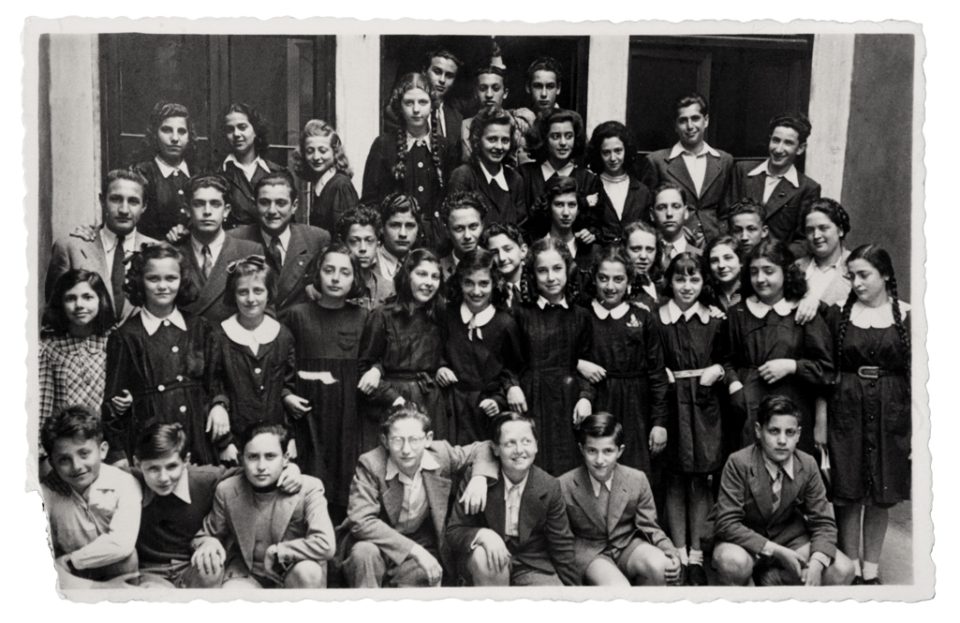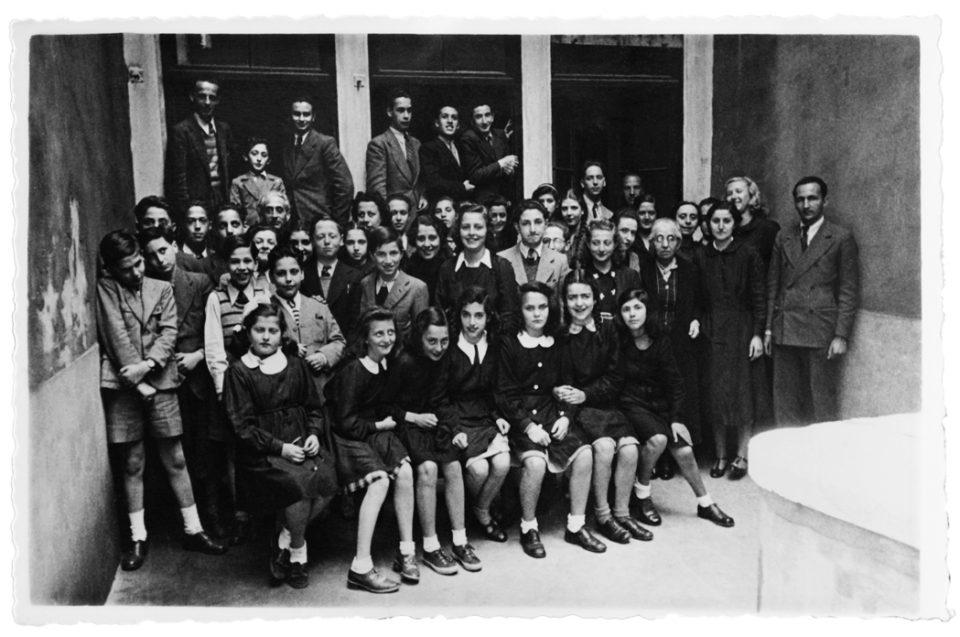We could consider the 1923’s Gentile Reformation as the first actual act of power of the fascist government in Italy. The Reformation promised to be revolutionary, offering the possibility of giving education even to students with more pedagogical severe difficulties, fighting against illiteracy, and bringing the mandatory age of school frequency up to 14 years old. But, in reality, it soon turned out to be a means of fascist propaganda, controlling teachers and imposing the Catholic religion as the foundation for education. Over the years, the Roman greeting, a symbol of the fascist regime, became compulsory in schools, and the teaching of military culture was also introduced; magazines and newspapers, and any means used for the diffusion of news were subjected to heavy and selective censorship. Later, youth organizations, such as the “Balilla boys” and the “Piccole Italiane,” were born to educate the new generations about fascism.

In November 1938, the Council of Ministers approved the fascist racial laws, previously announced by Mussolini, in September of the same year in Trieste; political measures with the sole purpose of progressively penalizing and excluding Jewish people. Initially, the laws only prevented Jews from actively participating in specific social and commercial activities. Then they went so far as to prohibit them from attending public places or denying them education. Later, the laws also extended to “mixed race” Jews, children of marriages between a Christian and a Jew, and even in schools, as in the case of the young Alba Finzi.
The fifteen-year-old Alba attended class IV only made up of females (at the moment, it would correspond to the 9th Grade) of the Istituto Magistrale Tommaseo. Then, during an everyday morning in November, she was called to the Principal’s office, and they ordered her to leave school permanently.
Fortunately, with his sister Lia, she had the opportunity to complete her high school education, achieving a scientific degree in the Jewish Community of Venice school.
She was forced to take refuge in 1943 in Switzerland with her father and sister, trying to escape from the Germans, who then occupied the north of Italy. She passed through several refugee camps and worked for a time in the Herzberg camp near Zurich. After that, she attended the University of Basel, thanks to a scholarship. Later, in 1945, she returned to Italy and attended the medical faculty for three years. After the Jewish Community commissioned her to work at the Jewish School, she was responsable for welcoming the children who, after the Liberation, returned to their homes. After the experience, she decided to devote himself entirely to teaching; she devoted herself to pedagogical research for the rest of her life. In the eighties, at the Magisterium of the University of Padua, she joined the research group to renew teaching in the Italian School. She also participated in the first seminars to include Insiemistica in the Italian Primary School.

From the testimony of Alba Finzi, 2004